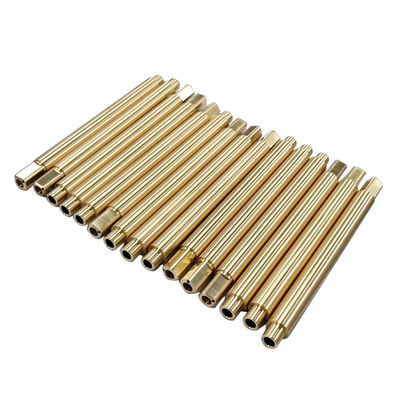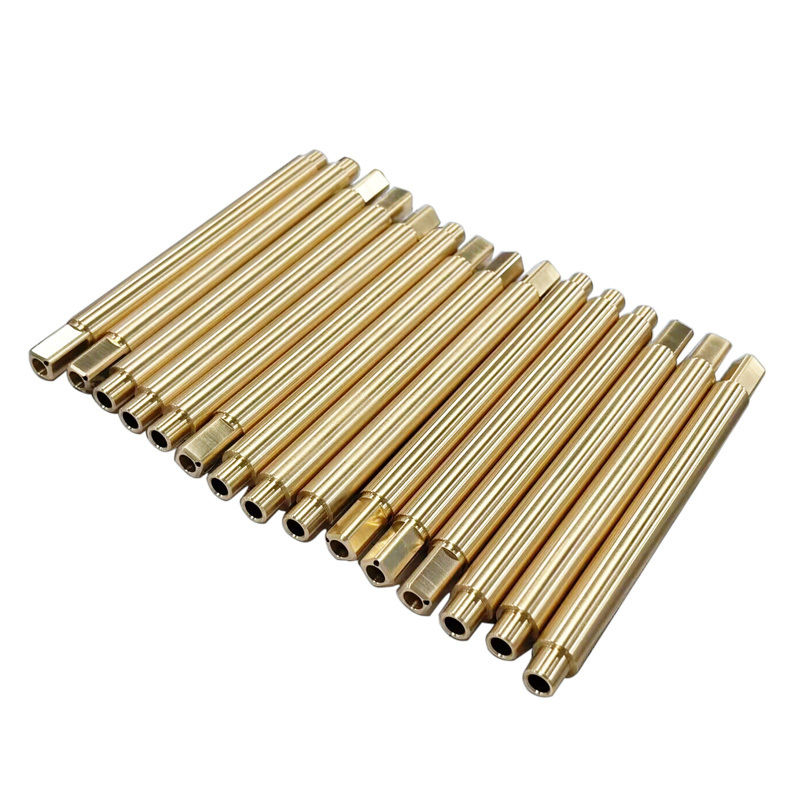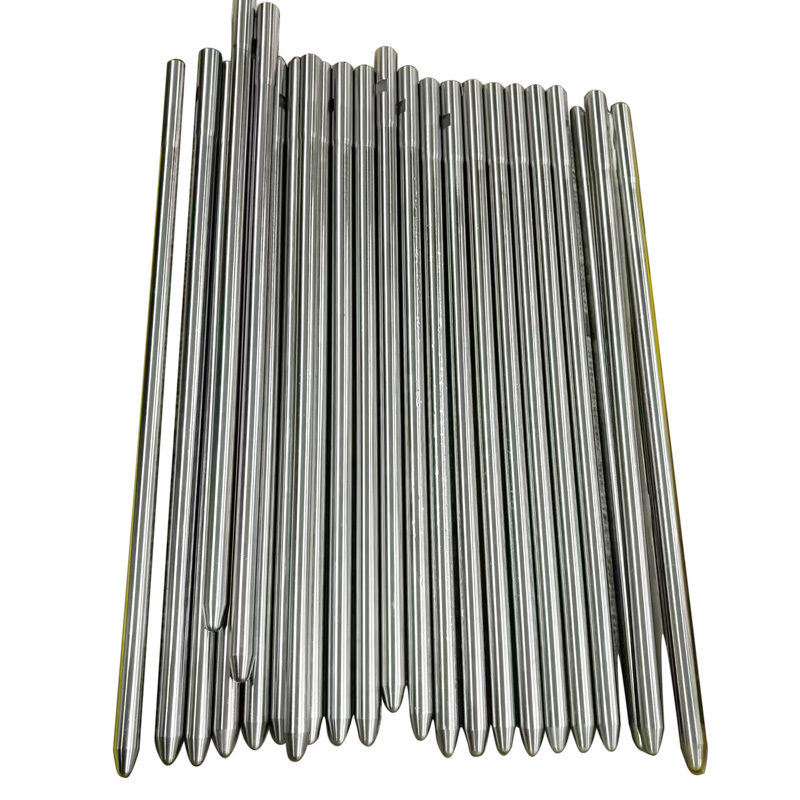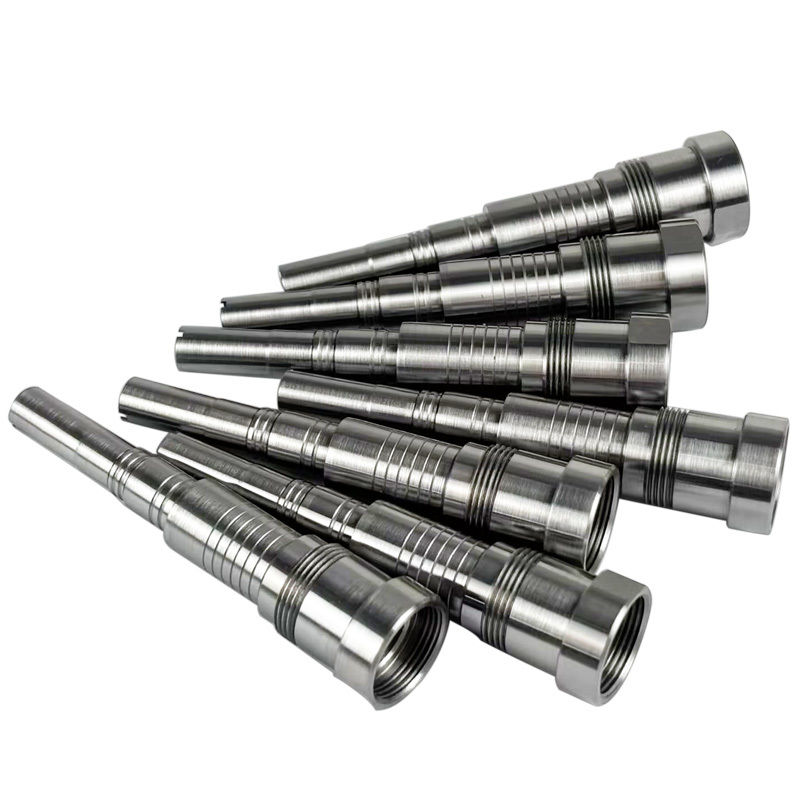
Machining Metal and Teflon: Expert Machining Drawings and Services
-
Highlight
CNC turning metal parts
,Teflon machining services
,custom machining drawings
-
Product NameMachining Parts
-
Surface TreatmentAnodizing,polishing,chrome As Your Request
-
ServiceOEM /ODM CNC Machining
-
Apply ToAny OEM Cnc Machining Parts
-
SampleNeed To Pay Sample Fee
-
Tolerance0.01~±0.005mm
-
ProcessCnc Machining+deburrs
-
FeatureDurable And High Precision
-
ColorCustomized Color
-
Delivery Time3-5 Days For Sample Order, 10-15 Days For Bulk Order After
-
Place of OriginGuangdong
-
Brand NameHS
-
CertificationISO9001,ISO14001
-
Model NumberHS-45
-
Minimum Order Quantity1Piece/Pieces
-
PriceUSD,0.89-10.79,Piece/Pieces
-
Packaging DetailsEPE foam inside and Carton outside or EPE foam inside and Wooden outside
-
Delivery Time7-15 work days
-
Payment TermsL/C,D/A,D/P,T/T,Western Union,MoneyGram
-
Supply Ability5000,Piece/Pieces,Month
Machining Metal and Teflon: Expert Machining Drawings and Services
Modern manufacturing requires three essential elements: accurate machining drawings, expertise in machining metal parts, and specialized technology for machining polytetrafluoroethylene (PTFE).
|
Stainless Steel: SS201,SS301, SS303, SS304, SS316, SS416 etc.
|
|
Steel: mild steel, Carbon steel, 4140, 4340, Q235, Q345B, 20#, 45# etc.
|
|
Brass: HPb63, HPb62, HPb61, HPb59, H59, H68, H80, H90 etc.
|
|
Copper: C11000,C12000,C12000 C36000 etc.
|
|
Iron: A36, 45#, 1213, 12L14, 1215 etc.
|
|
Plastic: ABS, PC, PE, POM, Delrin, Nylon, PP,PEI, Peek etc.
|
|
CNC Milling work range: 510 * 1020 * 500 mm(max) Tolerance: +/-0.01 mm
|
CNC Turning
CNC turning is a machining technique that can produce a wide variety of shapes. This process relies on the rotation of a lathe to machine the material, while a cutting tool simultaneously shapes the workpiece and removes excess material. You can choose from a variety of lathe types, such as turret lathes, engine lathes, or specialized lathes.
The entire process enables you to create a variety of holes, slots, threads, and tapers. This flexibility makes CNC turning ideal for manufacturing a wide range of complex parts.
That's why many manufacturers prefer CNC turning to create products like bats, camshafts, clubs, signs, and musical instruments. Originally a manual process, turning is now most commonly performed using computer numerical control (CNC). Through programming code, CNC lathes operate automatically, improving machining accuracy and efficiency. This technology makes the production of complex parts easier and more reliable.
Drilling
Drilling is an ideal machining process that utilizes multiple drill bits to create holes in a workpiece. The machine pushes the drill bits vertically into the material being machined, creating a clean hole while allowing waste material to fall through. Specialized drilling machines can even drill at an angle, increasing the flexibility and versatility of the process. This makes drilling a popular method for creating holes of various shapes and sizes in the manufacturing and machining industries.
There are many different types of drill bits available for specific applications, whether you need to create a shallow pilot hole (like with a spot drill) or want to reduce chipping (like with a peck drill). Additionally, there are drill bits that can be used to enlarge existing holes, like with a chuck reamer. This machining process is widely used in industries such as medical, construction, transportation, and electronics.
End Milling
End milling is a machining technique similar to turning that uses a multi-point cutting tool to remove material from a workpiece. In CNC milling, the tool and workpiece rotate in the same direction. However, with manual milling, the two workpieces rotate in opposite directions. This flexible machining method, capable of producing complex shapes and detailed surfaces, is widely used in various manufacturing industries.
You can use different types of milling machines, such as end mills, spiral mills, and chamfer mills. These milling machines can be horizontal or vertical and have multiple axes, depending on the type of workpiece you're machining. There are also many different types of milling machines, including manual milling machines, standard milling machines, universal milling machines, and others suitable for making gears, cutting slots, grooves, or creating more complex shapes. One common milling tool is an end mill.
![]()
![]()
FAQ:
Q: Are you a trading company or manufacturer?
A: We are a factory.
Q: How can I obtain a quotation?
A: To receive a quotation, please send us drawings in formats such as IGS, DWG, STEP, etc., along with a detailed PDF. If you have any specific requirements, please include them in the request, and we will provide professional advice for your reference.
Q: What if I don't have a drawing?
A: In such cases, you can provide us with samples or drawings. Rest assured, we will ensure the safety and confidentiality of any provided drawings.
Q: What is your delivery time?
A: Normally, it takes 7-14 days for the parts to be ready. We have systems in place to ensure timely delivery.
Q: How do you ship the products? What are the packing details?
A: For small quantity orders, we have partnerships with courier services like TNT, FEDEX, UPS, etc. For larger quantities, air or sea shipment options are available. We have standard packing details, but if you have any specific requirements, we are willing to assist you.
Q: Do you provide samples? Is there an extra charge?
A: Yes, we can provide samples, but there may be an extra charge for them.
Q: What are your payment terms? How can I make the payment?
A: Our payment terms are 50% T/T (bank transfer) in advance, with the balance payment due before shipment. If you have any other questions, please feel free to contact us.



